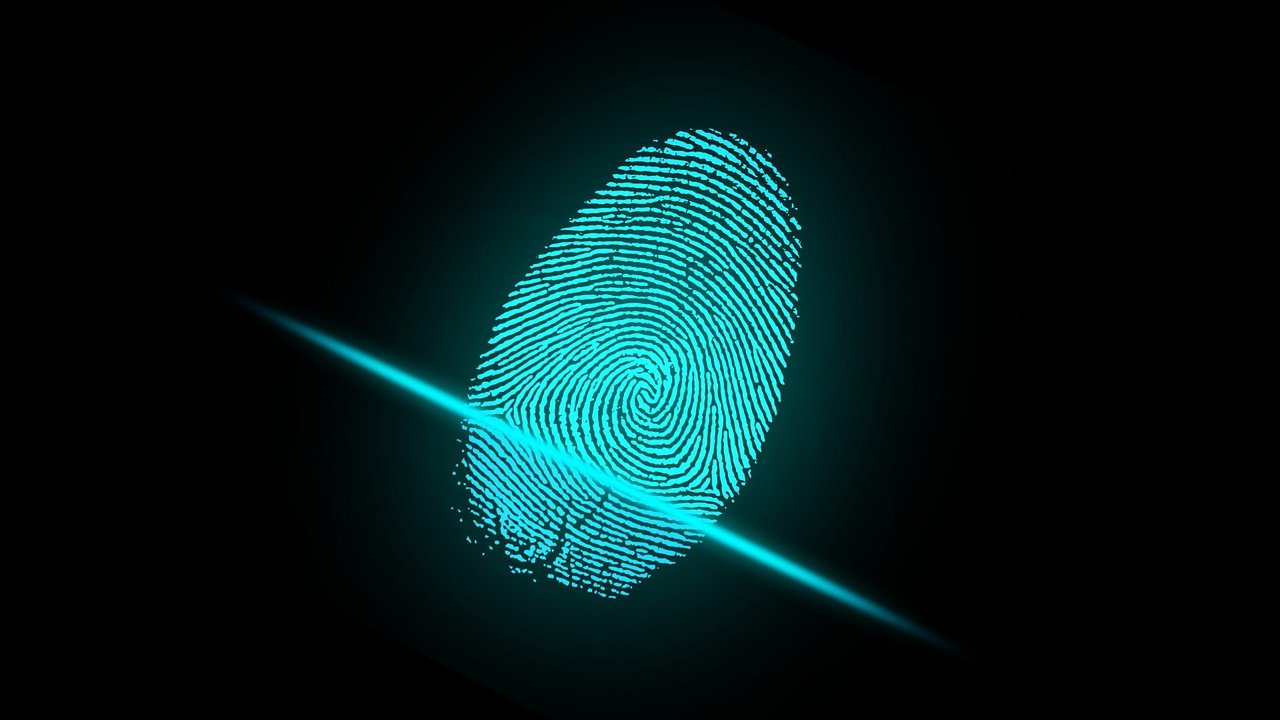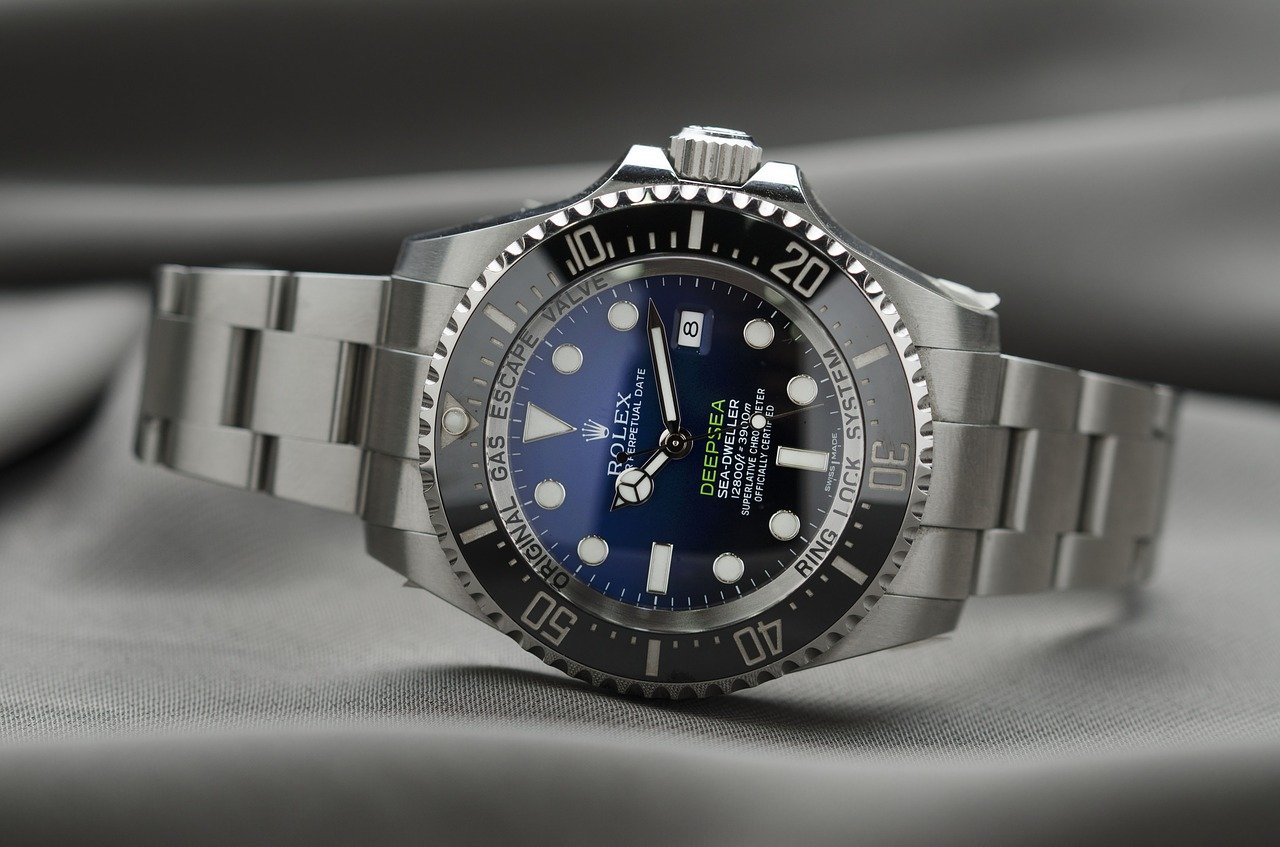Brand Identity Elements – The Law Of Branding
Branding expert Trish Davies looks at brand identity elements you must have in place specifically a formula that encompasses the law of branding.
Hi Trish Davies, here, founder of Build Your AU and Trish Davies International, brands that I have created. Branding is a passion for me, and it is my purpose to help as many entrepreneurs as possible build their own personal brands.
I do this through my own years of experience and expertise building my own brands. Now I have developed a unique process through Build Your AU which extracts everything from your inner self.
Then together we take that date and create something that is unique based upon you and your story. By doing this you will establish your authority and credibility to then attract the perfect audience. That’s a birds eye view of the process and to learn more please click here.

So today to focus on brand identity elements, of which there are many, but one in particular. That is an unofficial law of branding which has a simple formula to follow.
Brand identity Elements – The Law Of Branding Formula
Here’s the law of branding: GB = BG.
What does it stand for? Simple: Good Branding Equals Business Growth.
By this point, you should be getting the idea of just how important branding is. It’s a way to set yourself apart from the competition and build up customer loyalty.
It’s not just something that big companies do. It’s something that you should do, too. That’s because branding is a long-term mindset, one which will contribute greatly to your overall business growth.
Most business owners are focused on selling however this is a short-term mindset. Because if the consumer doesn’t buy right away, they’re going to forget about the business and the products. That means that if you’re focused on short-term selling, then you’re going to be struggling with commodity-based sales.
If we had to sum up the difference, it’s this. Short-term selling is all about making the sale right now.
Branding is all about creating customer loyalty for the long term.
A good business owner uses both short-term selling and branding. A great business owner understands that branding is going to make the biggest impact on sales over the long term.
Long-Term Branding Example
Let’s suppose you were interested in purchasing a watch and I pulled out a watch brand called Tock Tick. You’d never heard of this brand before, but the watch looked nice enough. It also seemed like it kept time so, you asked the price.
I tell you it costs $15,000.
What would you do?
You’d probably laugh in my face. That’s because unless this watch included a free car or nugget of gold, it would be really hard for me to sell you on the idea of buying a $15,000 Tock Tick watch.
Now imagine this, what if this watch was a Rolex?

Whether you’d personally buy a $15,000 or $20,000 watch is beside the point. That’s because Rolex has plenty of customers lining up around the block to buy watches for thousands or even tens of thousands of dollars. That’s real-world proof that people will buy expensive watches.
Is it because a Rolex watch keeps extraordinary time?
No. I’m betting you can easily find a $20 watch that keeps great time.
Is it because a Rolex watch is made from gold and other precious metals and gems?
Not entirely. Because you can certainly find other watches made from the same materials which don’t cost as much as a Rolex.
So, why is it that people will spend thousands of dollars on a Rolex watch? Especially when they could get similar watches for less money?
Simple. It’s because of the Rolex brand. People will gladly spend thousands of dollars just to get the feeling that the brand promises. In Rolex’s case, the feelings centre around power, wealth, and sophistication. In one word, it conveys a feeling of prestige.
That brings us to one of the most important things you need to know about branding.
Branding Is About Emotion
When some people think of branding, they think of a slogan and a logo. These are parts of branding, yes, but the slogan, logo, colours, and everything else that goes into the brand are all designed to convey some sort of feeling.
The whole point of the brand is to produce the feeling that you want customers to experience when they use or even merely think about your product.
Why does a brand seek to produce a feeling?
Simple. Because consumers make their purchase decisions based on emotion. Then justify those purchase decisions based on logic. So, in order to move your prospects to the order form, they need to feel something. You need to be tapping their emotional buttons.
Direct-response sales letters seek to do this. That’s why these sales letters often have heartstring-tugging stories in them as a means of connecting emotionally with the reader.
Here’s something else!
The emotion created by direct-response sales materials starts fading as soon as the prospects stops reading the sales materials. That’s why direct-response sales letters work so hard to get the sale NOW, and in that moment. If they don’t, emotion fades and the consumer lose his enthusiasm for purchasing the product or service.
Now contrast that to branding.
If you build up brand recognition, then you automatically associate a certain feeling with your brand. That means that you don’t need to stand there and “sell” a product to your consumers. You don’t need to artificially create the feeling every time a consumer comes in contact with you. If you’ve done your job, your consumer will see your brand and associate it with the emotion.
Emotion Branding Examples
Pampers is a well-known brand of diapers in the US. If you go to Pampers.com, see their ads on TV or even see their ads in magazines, it’s clear that their brand is based on conveying a feeling of love. There are loving images of mothers and babies, soft colours, and even hearts on the site.
Ferrari is known the world-over for their exclusive high-performance cars. The Ferrari brand conveys power, performance, and prestige. This branding has not only allowed Ferrari to sell some of the most expensive sports cars in the world. It has also given the company an opportunity to expand their profits through licensing and retail opportunities. Such as with their association with Formula 1 Racing.

Whether you’re looking at the Ferrari.com website or even looking at a Ferrari, you’ll see the branding at work. People don’t buy Ferraris to get them from Point A to Point B. They don’t buy Ferrari merchandise because they like the red, yellow, and black colours. Instead, people buy in order to capture the feelings of prestige that go along with the Ferrari brand.
Those are just two examples of two brands that convey a feeling. If you look around, you’ll find that the biggest brands in the world are all associated with a specific feeling.
Does A Brand Refresh Work?
The second thing you’ll notice is that while a company may freshen its brand image from time to time. However, they always avoid doing anything that dilutes or otherwise ruins the reputation of the brand.
For example, Rolex isn’t going to suddenly start selling $50 watches. Ferrari isn’t going to start mass-producing $50,000 Ferraris, as that would damage the feeling of prestige that comes with exclusivity. Pampers isn’t going to create a website based on a scary black colour scheme.
Likewise, once you develop your brand image, you’ll want to do everything you can to protect the image and build the brand.
The law of branding formula and meaning is what I wanted to share with you today. It is one of these brand identity elements you must have in place. To learn more about branding specifically personal branding click here and register for a video series I have created. The video series shows the process I take my Build Your AU members through to build their own personal brands.
Helping you build your authenticity, authority, and audience.
Trish Davies
![]()
Build Your AU


Recent Comments